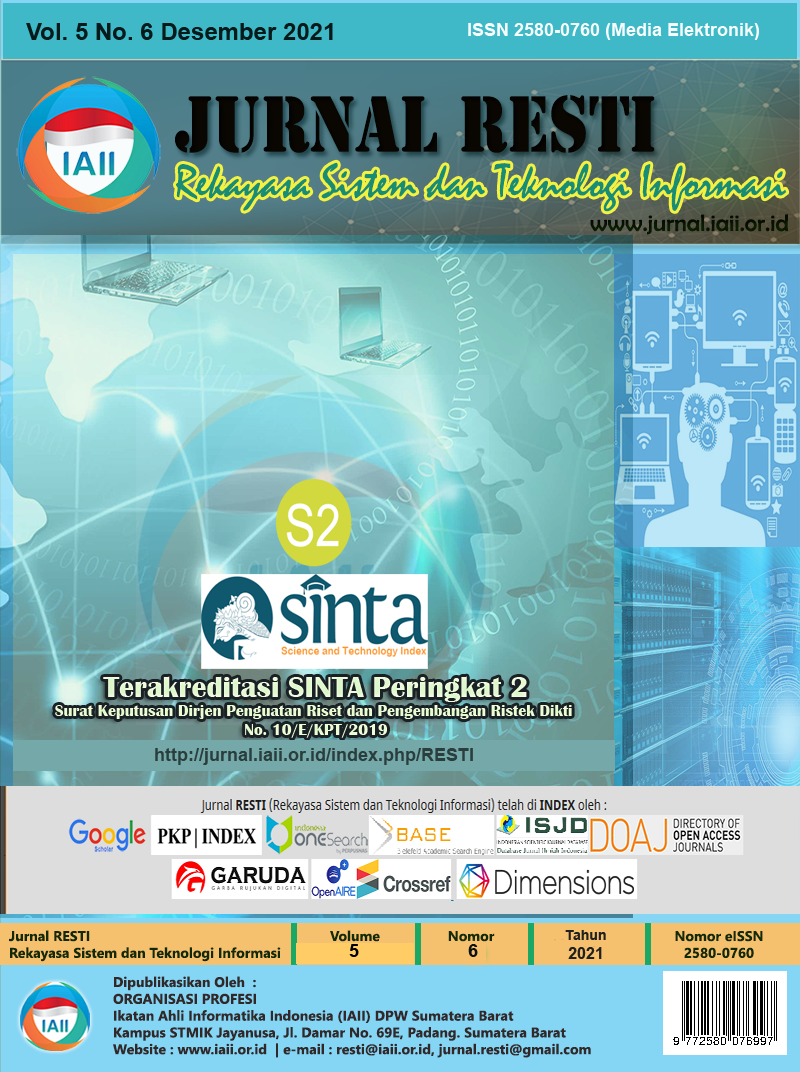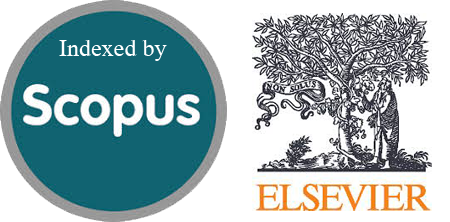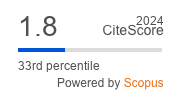On the Neural Network Solution of One-Dimensional Wave Problem
Abstract
Artificial neural network has become an emerging popular method to handle various problems, especially in case where it has deep multiple neural layers. In this study, we use a deep artificial neural network model to solve one-dimensional wave equation, without any external datasets. Different type of boundary conditions, i.e., Dirichlet, Neumann, and Robin, are used. We analyze the model learning capabilities in a set of settings, such as data setup and the model width and depth. We also present some discussions of advantages and disadvantages of the model in comparison with other matured existing techniques to solve wave equation.
Downloads
References
Y. Bengio, A. Courville, and I. J. Goodfellow, Deep Learning. 2016.
J. Horrocks and C. T. Bauch, “Algorithmic discovery of dynamic models from infectious disease data,” Sci. Rep., vol. 10, no. 1, pp. 1–19, 2020, doi: 10.1038/s41598-020-63877-w.
N. M. Mangan, T. Askham, S. L. Brunton, J. N. Kutz, and J. L. Proctor, “Model selection for hybrid dynamical systems via sparse regression,” Proc. R. Soc. A Math. Phys. Eng. Sci., vol. 475, no. 2223, 2019, doi: 10.1098/rspa.2018.0534.
N. M. Mangan, J. N. Kutz, S. L. Brunton, and J. L. Proctor, “Model selection for dynamical systems via sparse regression and information criteria,” Proc. R. Soc. A Math. Phys. Eng. Sci., vol. 473, no. 2204, pp. 1–14, 2017, doi: 10.1098/rspa.2017.0009.
M. Raissi, P. Perdikaris, and G. E. Karniadakis, “Physics-informed neural networks: A deep learning framework for solving forward and inverse problems involving nonlinear partial differential equations,” J. Comput. Phys., vol. 378, pp. 686–707, 2019, doi: 10.1016/j.jcp.2018.10.045.
J. Blechschmidt and O. G. Ernst, “Three ways to solve partial differential equations with neural networks — A review,” GAMM Mitteilungen, vol. 44, no. 2, pp. 1–29, 2021, doi: 10.1002/gamm.202100006.
C. Beck, S. Becker, P. Grohs, N. Jaafari, and A. Jentzen, “Solving the Kolmogorov PDE by Means of Deep Learning,” J. Sci. Comput., vol. 88, no. 3, pp. 1–56, 2021, doi: 10.1007/s10915-021-01590-0.
J. Han, A. Jentzen, and E. Weinan, “Solving high-dimensional partial differential equations using deep learning,” Proc. Natl. Acad. Sci. U. S. A., vol. 115, no. 34, pp. 8505–8510, 2018, doi: 10.1073/pnas.1718942115.
H. Eivazi, M. Tahani, P. Schlatter, and R. Vinuesa, “Physics-informed neural networks for solving Reynolds-averaged Navier-Stokes equations,” 2021, [Online]. Available: http://arxiv.org/abs/2107.10711.
B. Moseley, A. Markham, and T. Nissen-Meyer, “Solving the wave equation with physics-informed deep learning,” 2020, [Online]. Available: http://arxiv.org/abs/2006.11894.
S. Karimpouli and P. Tahmasebi, “Physics informed machine learning: Seismic wave equation,” Geosci. Front., vol. 11, no. 6, pp. 1993–2001, 2020, doi: 10.1016/j.gsf.2020.07.007.
F. Sahli Costabal, Y. Yang, P. Perdikaris, D. E. Hurtado, and E. Kuhl, “Physics-Informed Neural Networks for Cardiac Activation Mapping,” Front. Phys., vol. 8, no. February, pp. 1–12, 2020, doi: 10.3389/fphy.2020.00042.
G. S. Misyris, A. Venzke, and S. Chatzivasileiadis, “Physics-informed neural networks for power systems,” IEEE Power Energy Soc. Gen. Meet., vol. 2020-Augus, 2020, doi: 10.1109/PESGM41954.2020.9282004.
T. Dockhorn, “A Discussion on Solving Partial Differential Equations using Neural Networks.”
S. Markidis, “The Old and the New: Can Physics-Informed Deep-Learning Replace Traditional Linear Solvers?,” vol. 1, no. 1, pp. 1–20, 2021, [Online]. Available: http://arxiv.org/abs/2103.09655.
Copyright (c) 2021 Jurnal RESTI (Rekayasa Sistem dan Teknologi Informasi)

This work is licensed under a Creative Commons Attribution 4.0 International License.
Copyright in each article belongs to the author
- The author acknowledges that the RESTI Journal (System Engineering and Information Technology) is the first publisher to publish with a license Creative Commons Attribution 4.0 International License.
- Authors can enter writing separately, arrange the non-exclusive distribution of manuscripts that have been published in this journal into other versions (eg sent to the author's institutional repository, publication in a book, etc.), by acknowledging that the manuscript has been published for the first time in the RESTI (Rekayasa Sistem dan Teknologi Informasi) journal ;








